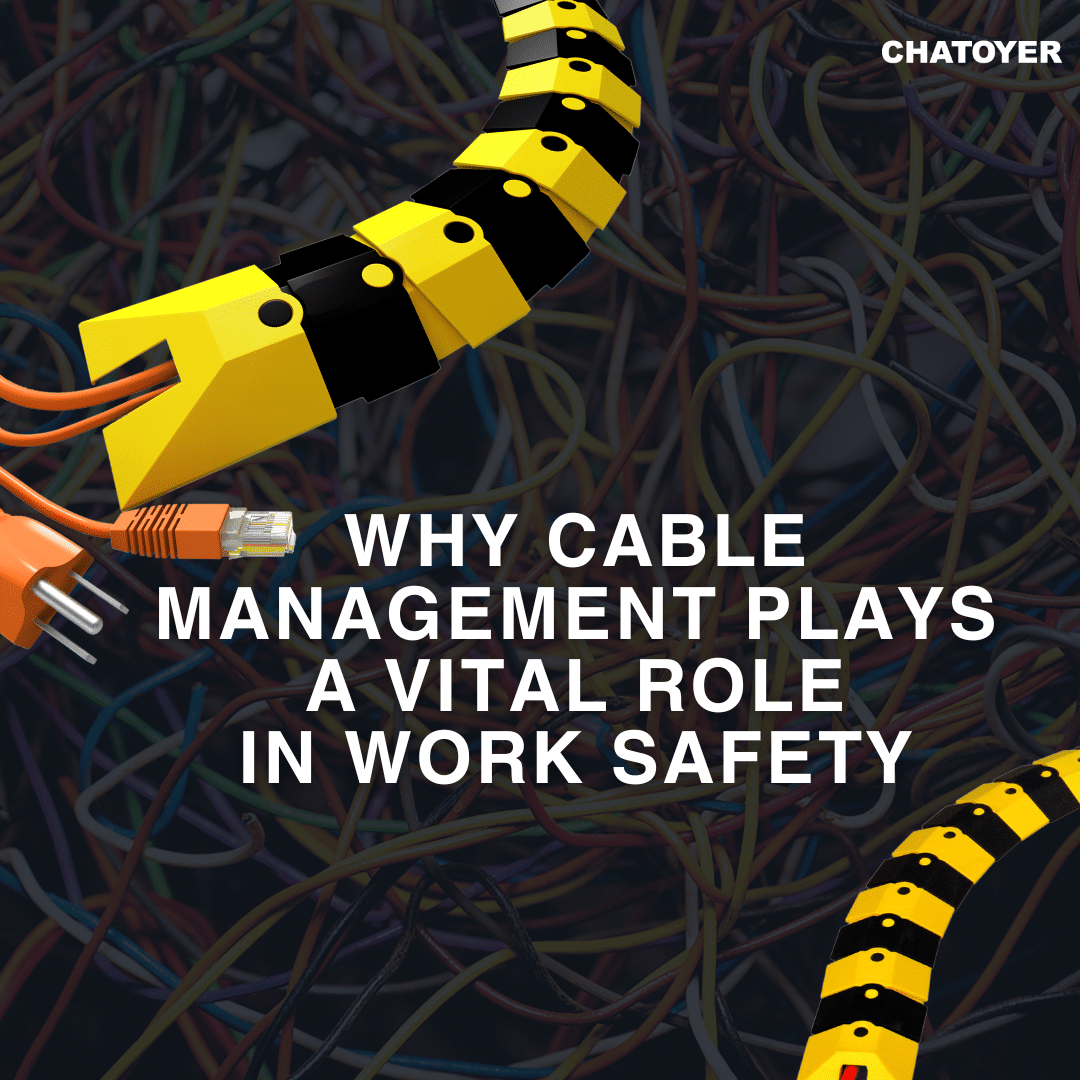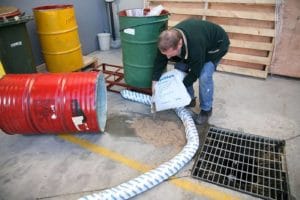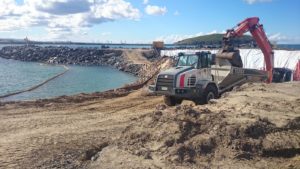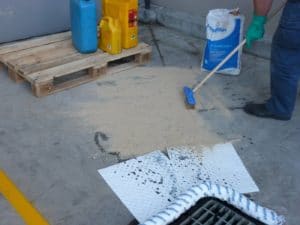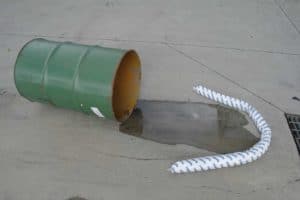In today’s technology-driven workplaces, the importance of effective cable management cannot be overstated. Properly managed cables not only enhance the aesthetic appeal of a workspace but also play a crucial role in ensuring the safety and welfare of the people in the area. Let’s delve into why cable management is vital for work safety and explore importance of adhering to the regulations.
The Importance of Cable Management and Adhering to WHS Regulations and Standards
1. Avoiding Fines & Legal Action: On August 2023 in Queensland, an electrician was fined $40,000 for multiple breaches of electricity safety regulations. The breaches included improper installations and failing to follow safety protocols, which posed significant risks. The court emphasised the importance of adhering to these standards to ensure public safety and prevent potential hazards. Safe Work Australia’s website outlines the penalties under the Work Health and Safety (WHS) laws. Here are the key points:
Category 1: Gross negligence or recklessness leading to risk of death or serious injury. Maximum penalties include up to $2,312,000 for individuals and $11,561,000 for corporations.
Category 2: Failure to comply with health and safety duties, exposing individuals to serious risks. Penalties can reach $464,000 for individuals and $2,318,000 for corporations.
Category 3: General non-compliance with health and safety duties. Fines can be up to $155,000 for individuals and $776,000 for corporations.
Industrial Manslaughter: Jurisdictions may include this offence, with penalties up to $18 million for corporations and 20 years’ imprisonment for individuals.
General Offences: Various tiers of penalties exist for other breaches, ranging from $1,900 to $154,000 for individuals and $9,400 to $771,000 for corporations.
Civil Penalties: These relate to workplace entry by WHS entry permit holders, with fines ranging from $3,100 to $31,000 for individuals and $16,000 to $155,000 for corporations.
2. Preventing Accidents and Ensuring Safety Compliance: Loose and tangled cables can create tripping hazards, leading to potential injuries. Proper cable management keeps walkways clear and reduces the risk of slips, trips, and falls. Adhering to standards such as AS/NZS 3000:2018 and AS/NZS 3002:2008 ensures that your cable management practices meet the highest safety requirements, further reducing the risk of electrical hazards.
3. Enhancing Equipment Longevity and Professionalism: Properly managed cables reduce wear and tear, preventing damage to both the cables and the connected equipment. This can extend the lifespan of your devices and reduce maintenance costs. Following these standards demonstrates a commitment to maintaining a safe and professional work environment, which can enhance your company’s reputation.
4. Promoting Accessibility: Accessibility is also part of a safe working environment and a safe environment in general. The Disability Discrimination Act (DDA) requires pathways free of obstacles to ensure that the workplace is accessible including individuals with disabilities. A ramp built to be compatible with cable protection helps make the spaces more inclusive.
The Ultra-Sidewinder Cable Protection System is designed to meet all relevant compliance requirements, ensuring both safety and accessibility. By choosing the Ultra-Sidewinder Cable Protection, you can be confident that you are compliant with the highest standards of safety and accessibility.

